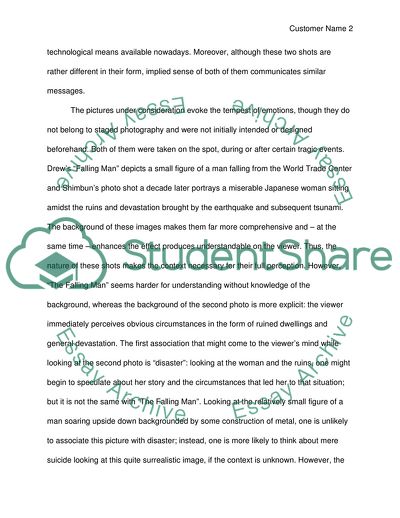Cite this document
(Comparison Image Analysis Essay Example | Topics and Well Written Essays - 1250 words, n.d.)
Comparison Image Analysis Essay Example | Topics and Well Written Essays - 1250 words. https://studentshare.org/visual-arts-film-studies/1866917-comparison-image-analysis
Comparison Image Analysis Essay Example | Topics and Well Written Essays - 1250 words. https://studentshare.org/visual-arts-film-studies/1866917-comparison-image-analysis
(Comparison Image Analysis Essay Example | Topics and Well Written Essays - 1250 Words)
Comparison Image Analysis Essay Example | Topics and Well Written Essays - 1250 Words. https://studentshare.org/visual-arts-film-studies/1866917-comparison-image-analysis.
Comparison Image Analysis Essay Example | Topics and Well Written Essays - 1250 Words. https://studentshare.org/visual-arts-film-studies/1866917-comparison-image-analysis.
“Comparison Image Analysis Essay Example | Topics and Well Written Essays - 1250 Words”. https://studentshare.org/visual-arts-film-studies/1866917-comparison-image-analysis.


